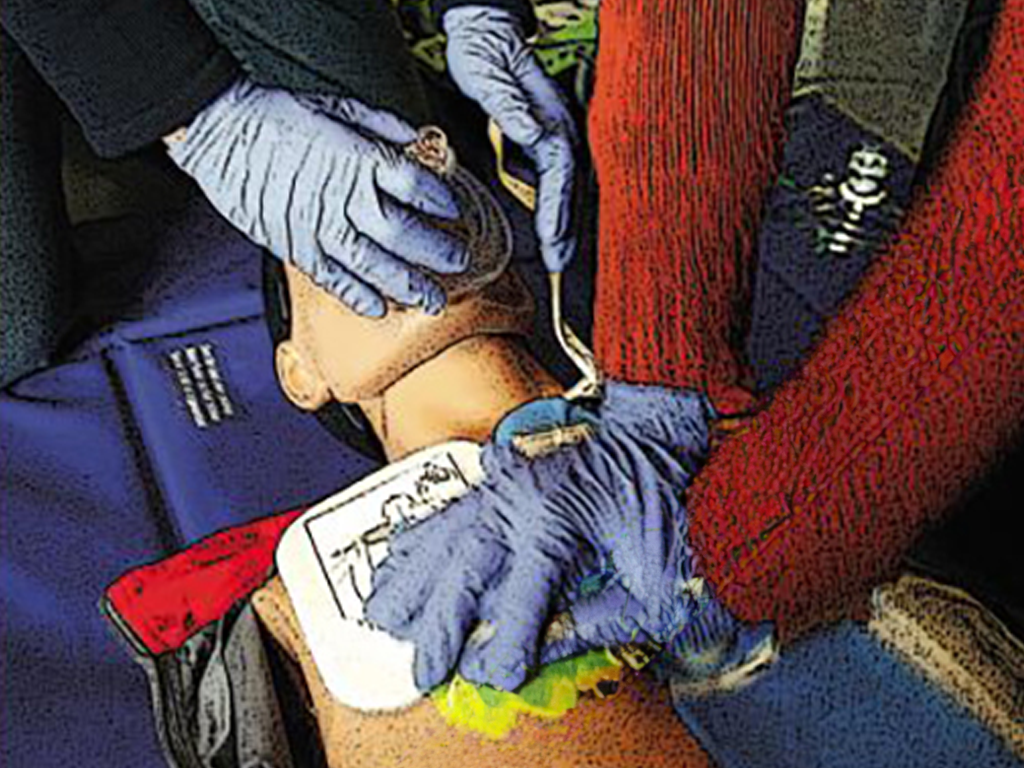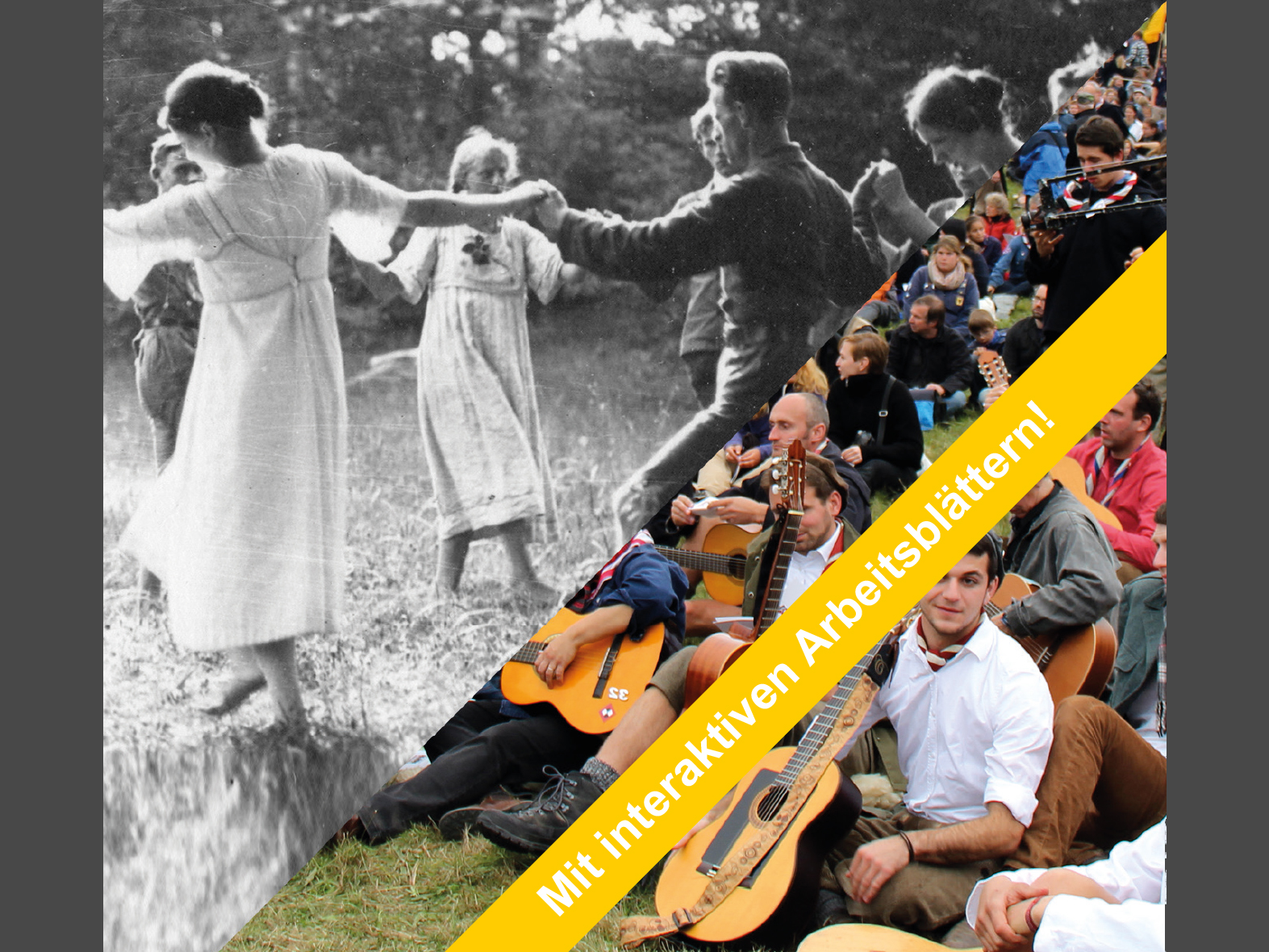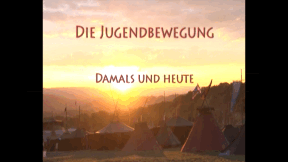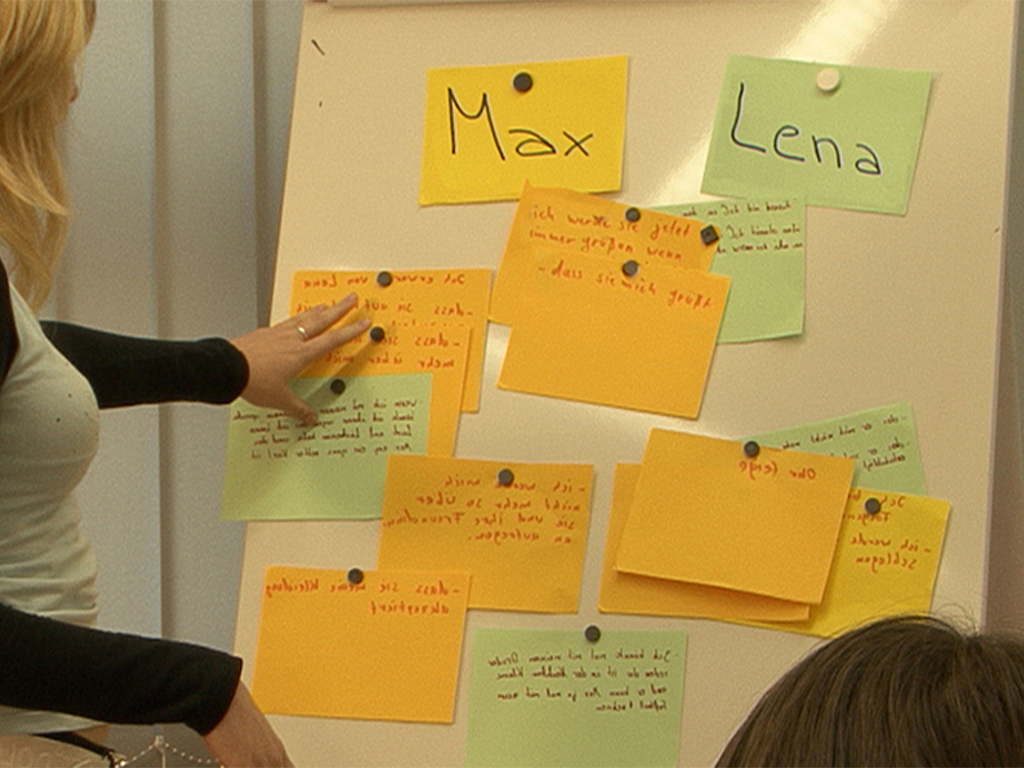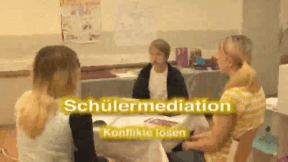 Health, Sports, Training of Teachers
Health, Sports, Training of Teachers
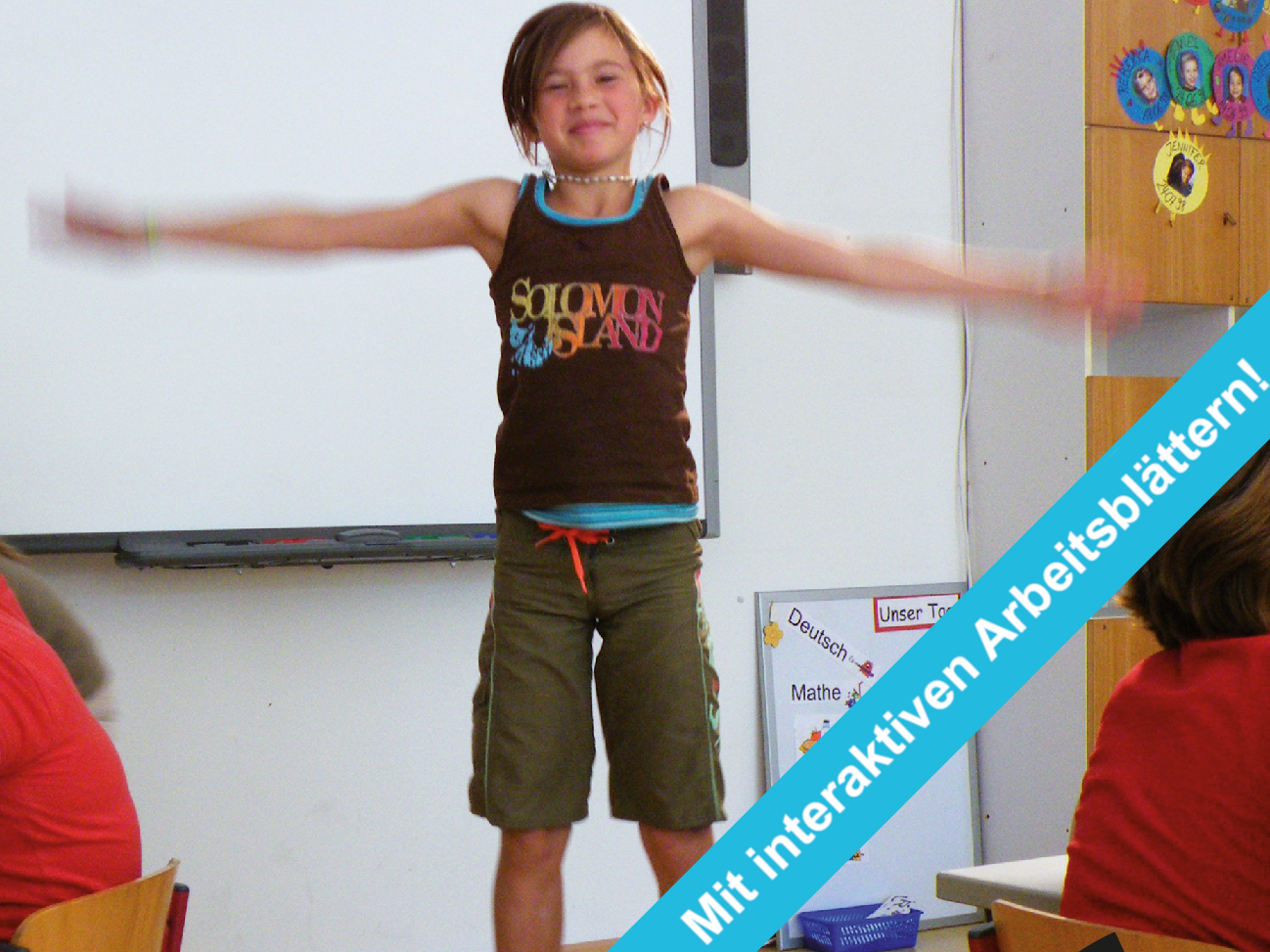

4662223 / 5552800
Active Classroom
Exercise Breaks
Movement is healthy! It furthers activation or relaxation, strengthens the muscles and improves coordination. Often a few minutes are enough when during lessons you have short breaks for action units in the classroom. Sabrina Schamberger and Sherin Watzlawzyk-Sutter demonstrate with their classes how, apart from the acquisition of knowledge, also various groups of muscles can be trained during lessons. Activating movement games stimulate the circulatory system and offer relaxation from concentrating and sitting still. Rock music does not only help during short games, it also sets the rhythm for dances of various degrees of difficulty.
Play trailer
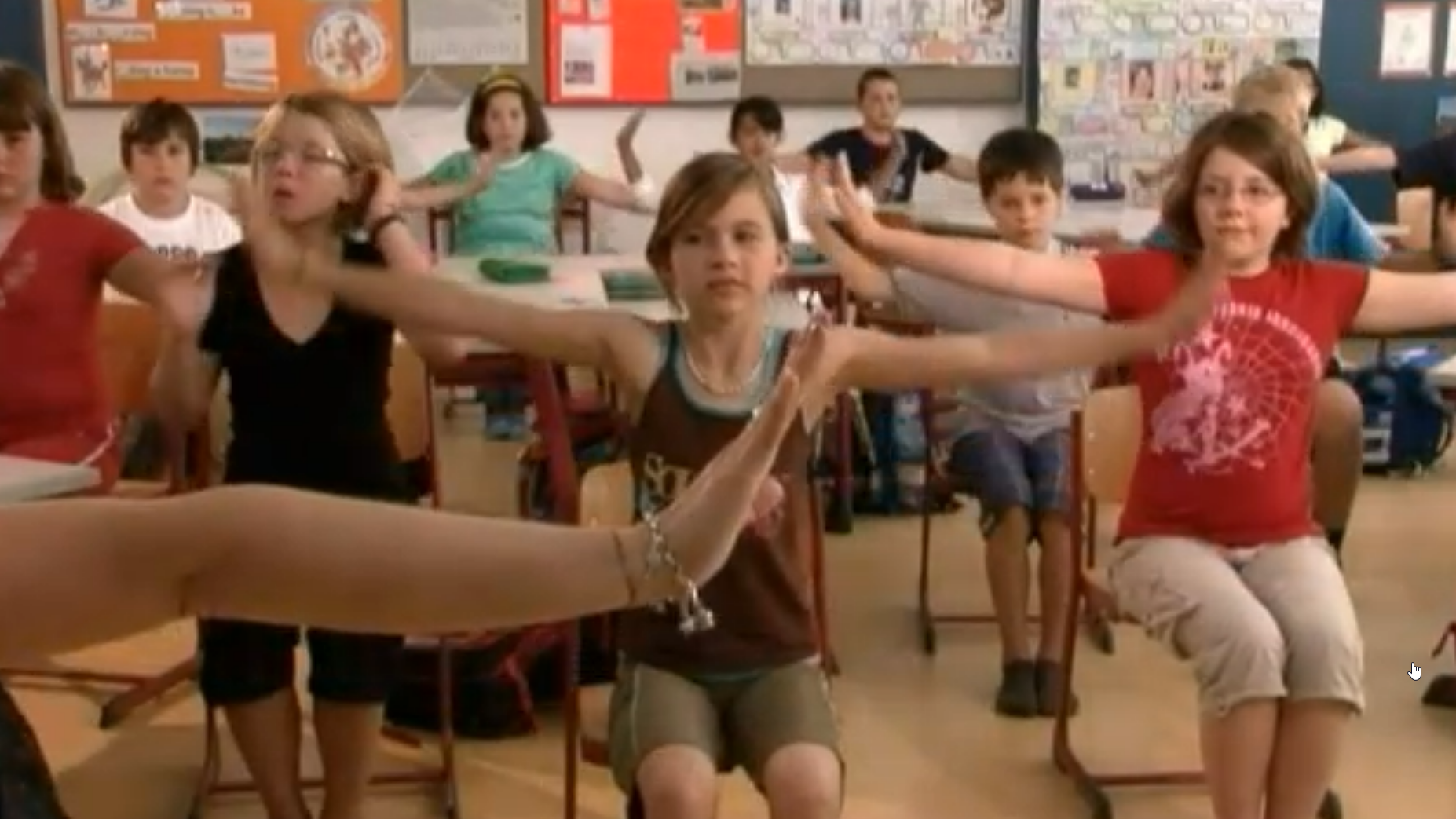
Curriculum-centred and oriented towards educational standards
Matching
Resuscitation
It can happen to anyone – of any age, in any place, at any time. Sudden cardiac arrest may quickly prove fatal. Immediate action is called for! Just remember: Check Call Press Anyone can do it. You can't do anything wrong!
Youth Movement
Dancing until your feet hurt: Here, at the meeting on the Hoher Meissner near Kassel, 3,500 participants from Boy Scout associations, youth and Wandervogel groups from all over the German-speaking region have gathered. They want to celebrate, simply get to know each other and commemorate a historic anniversary.
Peer Mediation
Lena and Max attend the 7th form. Max is new in class. During a break, Max notices that Lena and her friend are laughing at him again. Max loses his temper! He slaps Lena in the face. That hurts and Lena runs back into the classroom with a red cheek. The growing conflict between the two has escalated. Just like Lena and Max, every day pupils all over Germany have rows with each other. At the Heinrich Hertz Gymnasium in Thuringia, pupils have been trained as mediators for years. At set hours, they are in a room made available by the school specifically for mediation purposes. The film describes the growing conflict between Max and Lena and shows a mediation using their example. In doing so, the terms “conflict” and “peer mediation” are explained in a non-technical way. The aims of peer mediation and its progress in five steps as well as the mediators’ tasks are illustrated. The art of asking questions and “mirroring”, which the mediators must know, is described and explained. Together with the comprehensive accompanying material, the DVD is a suitable medium to introduce peer mediation at your school, too.




